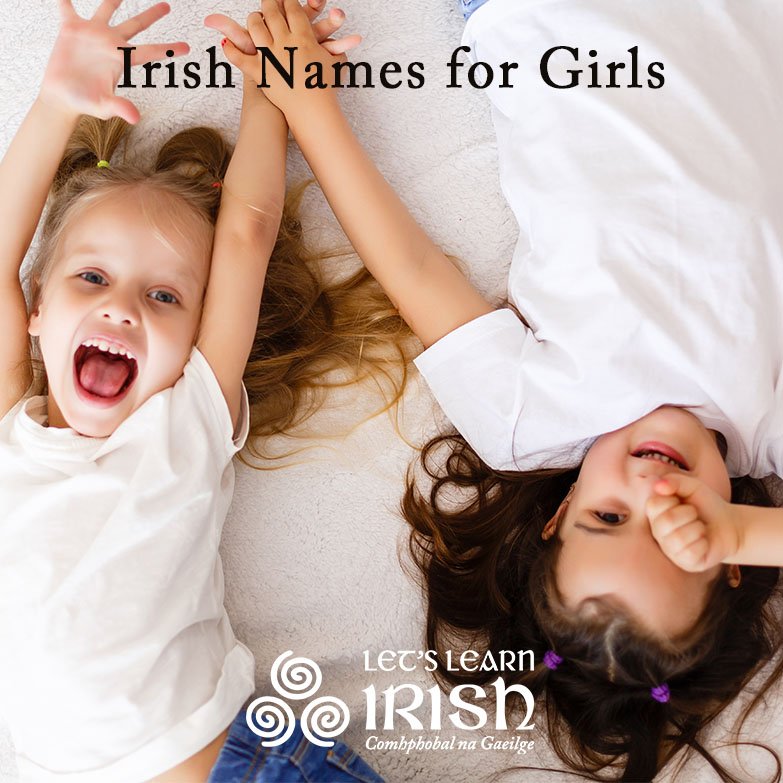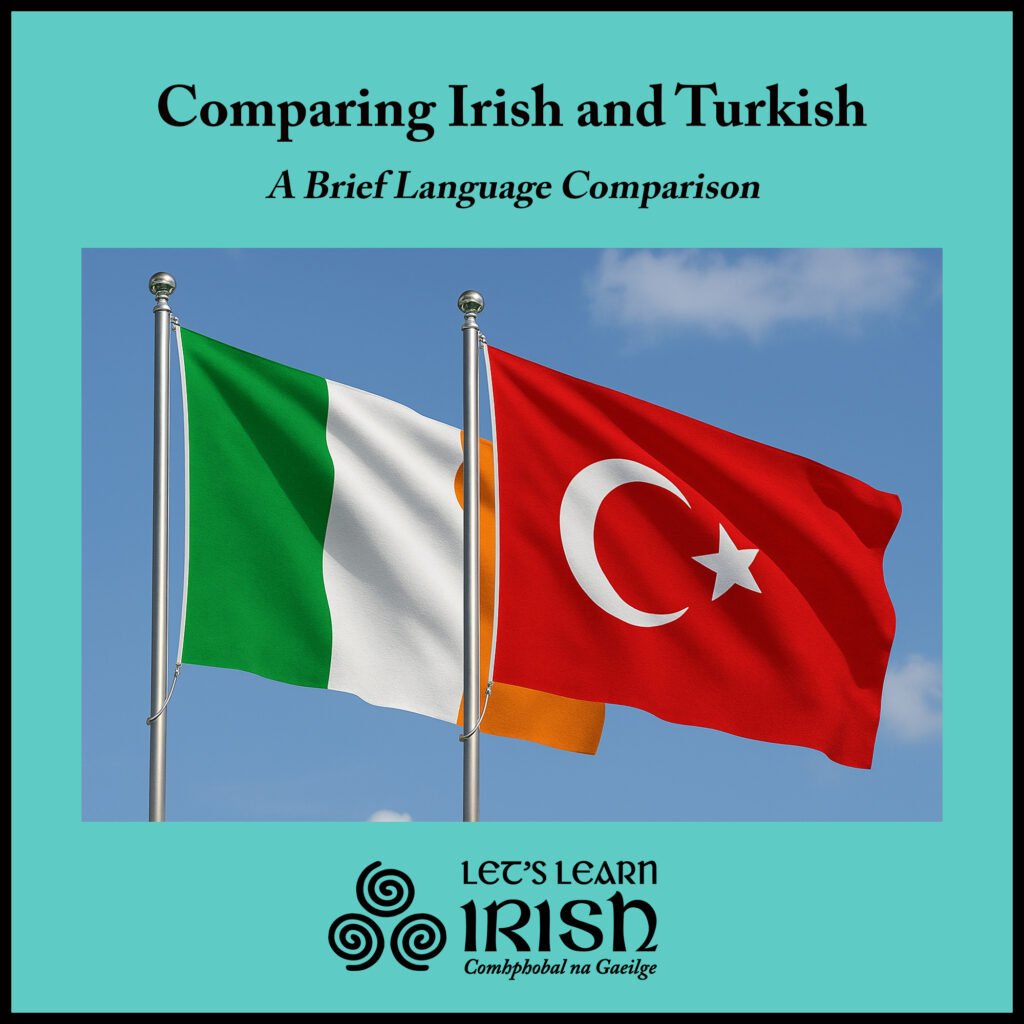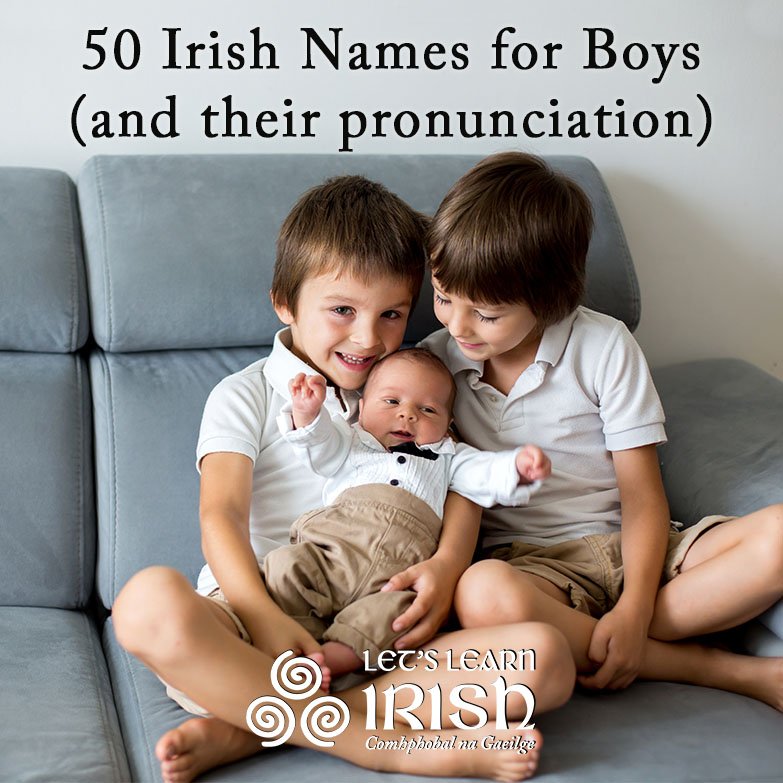Teangacha: Languages in Irish
Do you speak any language other than Irish or English? Check out the list below, and see how many of these languages you can recognize…
Teangacha / Languages
Afracáinis
Araibis
Cantainis
Catalóinis
Sínis
Cróitis
Ollainnis
Béarla
Pléimeannais
Fraincis
Gearmáinis
Gréigis
Indinéisis
Gaeilge
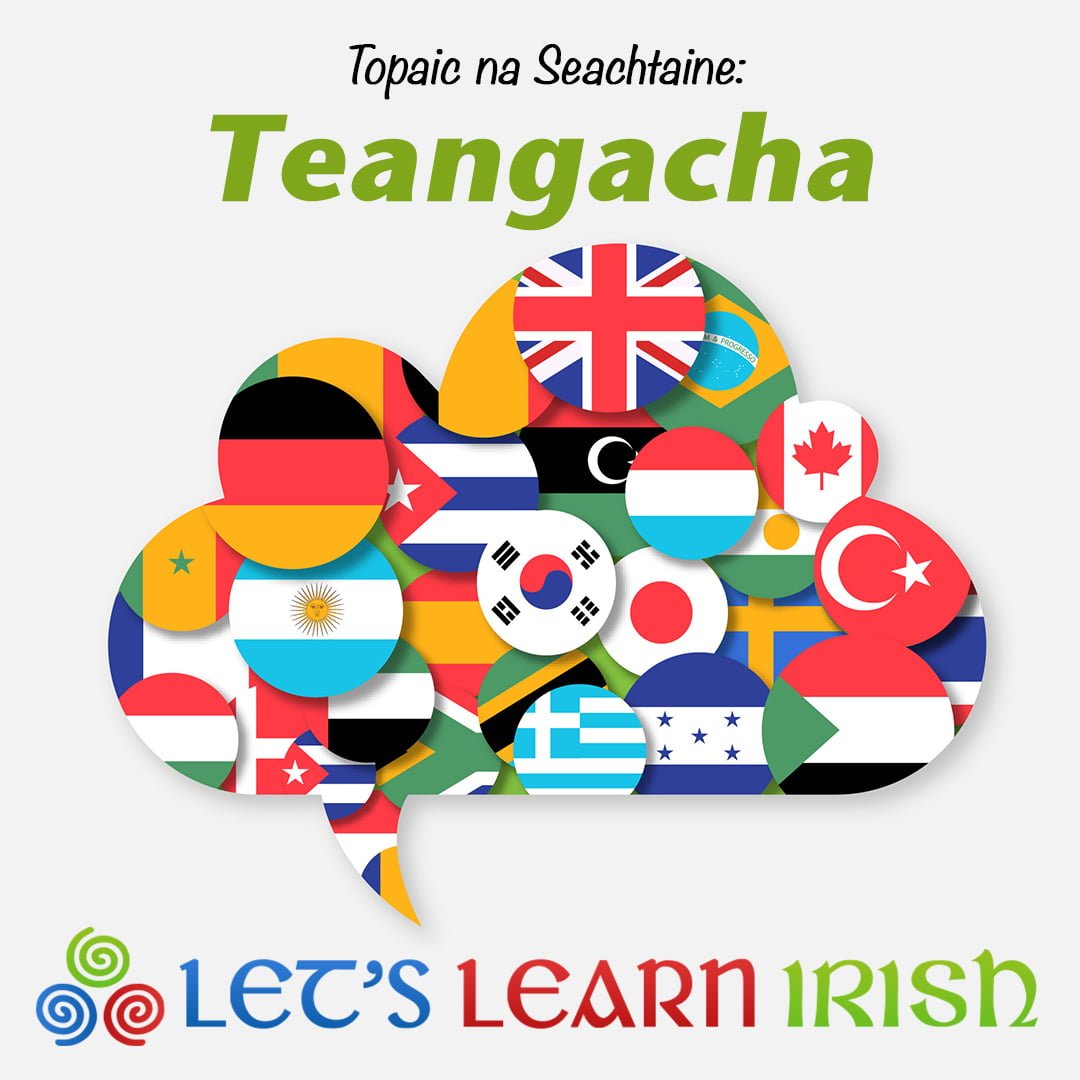
Iodáilis
Cóiréis
Seapáinis
Laidinis
Laitvis
Mandairínis
Mongóilis
Polainnis
Rúisis
Slóivéinis
Spáinnis
Svahaílis
Vítneaimis
Breatnais
It’s worth noting that the names of languages in Irish are grammatically feminine. This becomes most evident when we use the article (‘an’) before the noun, which in turn introduces ‘an seimhiú’ (h) after certain letters, or a ‘t’ before the letter ‘S’. Note that vowels do not take a seimhiú, nor does the letters H, J, L, N, R, S and V. Check out the list below, and see where you can spot these rules below, and where there is an anomaly…
Afrikaans – An Afracáinis
Arabic – An Araibis
Cantonese – An Chantainis
Catalan – An Chatalóinis
Chinese – An tSínis
Croatian – An Chróitis
Dutch – An Ollainnis
English – An Béarla
Flemish – An Phléimeannais
French – An Fhraincis
German – An Ghearmáinis
Greek – an Ghréigis
Indonesian – An Indinéisis
Irish – An Ghaeilge
Italian – An Iodáilis
Korean – An Chóiréis
Japanese – an tSeapáinis
Latin – An Laidinis
Latvian – An Laitvis
Mandarin – An Mhandairínis
Mongolian – An Mhongóilis
Polish – An Pholainnis
Russian – An Rúisis
Slovenia – An tSlóivéinis
Spanish – An tSpáinnis
Swahili – An tSvahaílis
Vietnamese – An Vítneaimis
Welsh – An Bhreatnais
There is, however, one exception to our rule that all languages in Irish are feminine! Do you know what it is? It’s English – An Béarla – of course! But why is this word masculine?
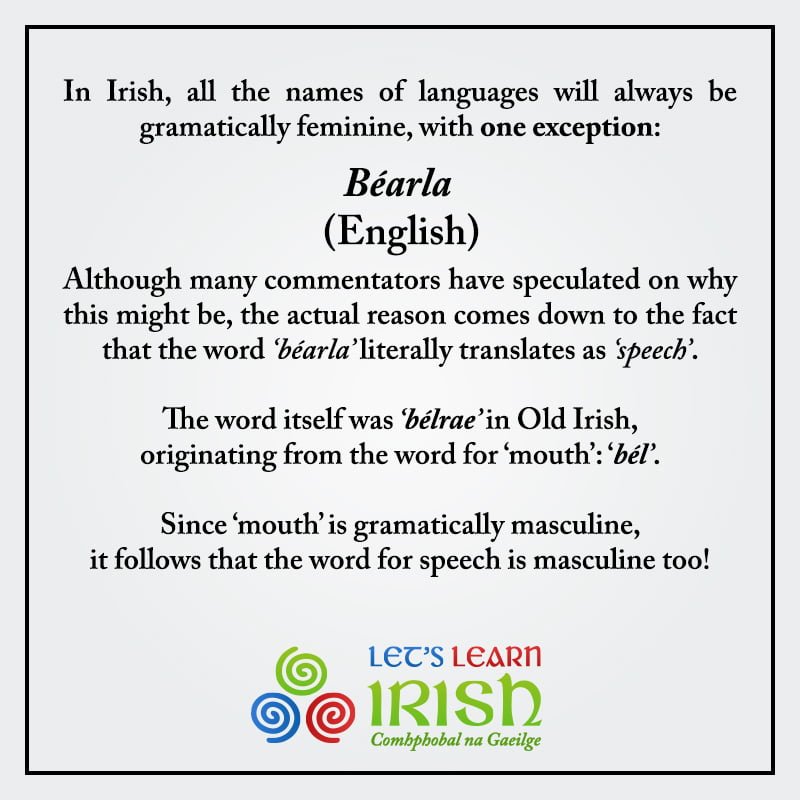
The word ‘Béarla’ takes its origins from Old Irish. The term ‘bélrae’ meant ‘something produced by the mouth’, and so ‘béal’ is the modern Irish word we have for ‘mouth’. Since ‘béal’ is a masculine noun, it follows that the word ‘Béarla’ is also masculine!
Now that you’ve learned a bit about ‘Languages in Irish’, check out our article on ‘Irish Placenames‘, and the meaning behind many Irish cities, towns and villages!
Join the online Irish community for cúrsaí, comhrá & ceardlanna, and follow along on social media @LetsLearnIrish – beidh fáilte romhat!


